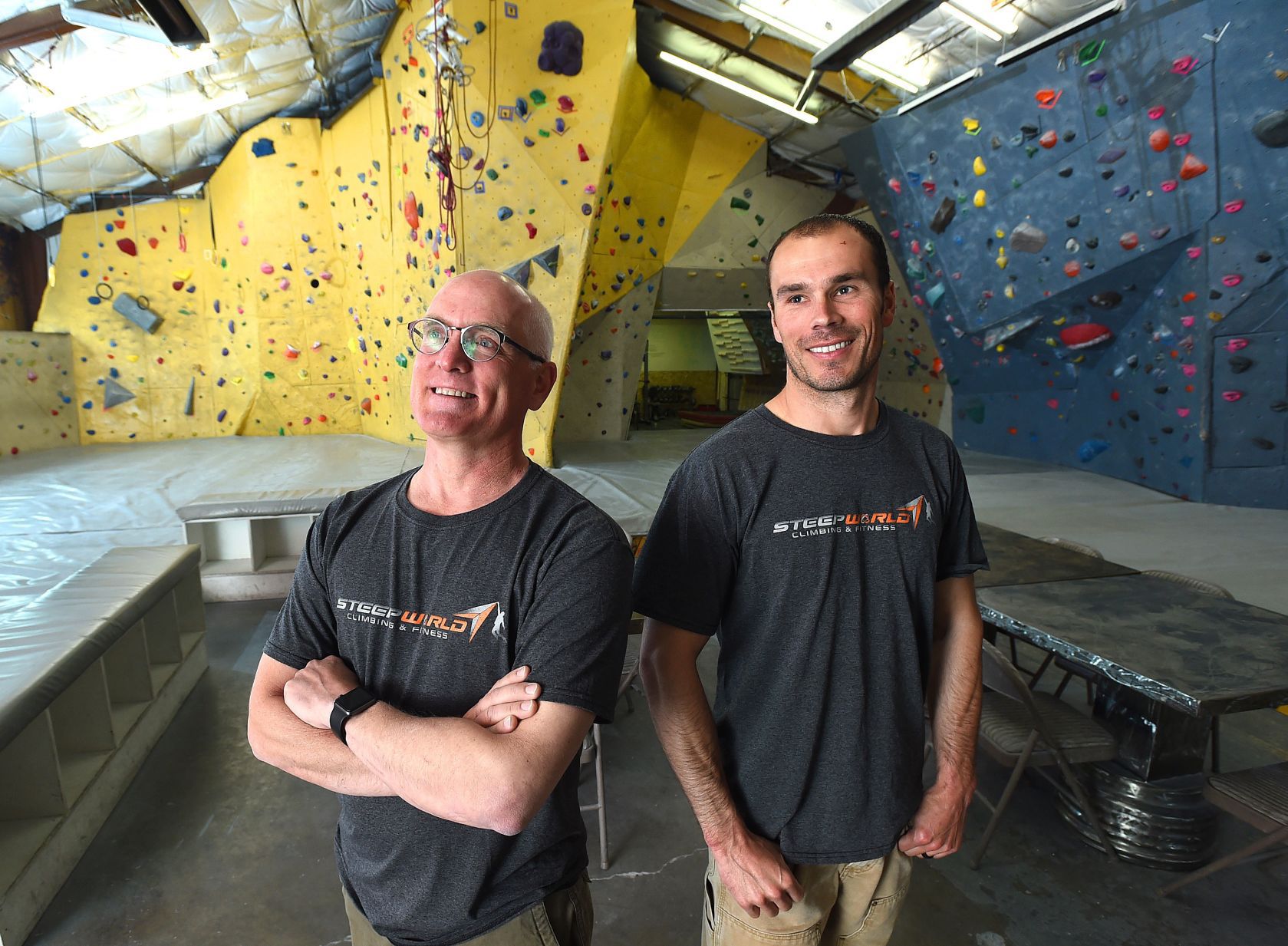

- MOVE TO BILLINGS PRO CLOUD SOFTWARE
- MOVE TO BILLINGS PRO CLOUD LICENSE
- MOVE TO BILLINGS PRO CLOUD PROFESSIONAL
MOVE TO BILLINGS PRO CLOUD LICENSE
“ Offer helpful business models to offset former license fees” Partners will want to ensure they are not cut out of the value chain as subscription models eliminate or reduce some revenue-generating services and fees. Sales will want to be reassured that they can make as much or more over time. Integrate new features into your go-forward plan to support higher prices and user growth.Įnsure partner and reseller revenue streams remain intactīe prepared to demonstrate the value of moving to a subscription model to sales, customers and partners.Leverage the analytics across your community of end users.Ensure cloud or hosted subscription/SaaS products are more flexible than traditional offerings.“This is especially critical for new entrants who want to lower financial barriers to new technology adoption and create sustainable, recurring revenue streams.”Īdditional recommendations for improving the value of your software: “Subscriptions provide better entry-level pricing and the ability to add features as customers mature and gain value from the initial experience,” says Wurster. “ Be prepared to demonstrate the value of moving to a subscription model to sales, customers and partners”
MOVE TO BILLINGS PRO CLOUD SOFTWARE
Try-before-you-buy programs modular options also help to differentiate your SaaS model, improve the value of your software and provide more predictable cash flows. For example, you can turn capabilities on or off via user access to a SaaS solution. Both are ideal for introducing new features to new and existing customers. Make it easy for customer and prospects to purchase with try-before-you-buy programs and modular, add-on capabilities not typically offered by the traditional model.
MOVE TO BILLINGS PRO CLOUD PROFESSIONAL
Retrain and modify professional goals as necessary. This encourages behaviors that actively support the move to subscription. Realign sales and partner compensation packages.Whenever possible, select representatives with subscription experience. It’s important to include your internal and external stakeholders across lines of business to ensure success. Include a cross-functional team in strategy development.Do this within a specific time frame to minimize impact on your financial statements. Aim to convert 50% of your existing customer base.When creating your transition strategy, be sure to also: Be sure to provide flexible license options. Move new products and customer contracts first and then convert existing customers to keep acquisition costs low. At the same time, maintain your traditional model for existing products and customers during the transition.

Ease into the change by offering options and and new products for customers with a subscription-first strategy. You do not have to move all customers and products to the new subscription offering at one time - nor do you have to stop selling products through your traditional model. Wurster shares a few of the lessons they learned along the way - from the common sense to the painful. IT leaders who successfully transitioned their organizations - whether on-premise, hosted or in the cloud - encountered many of the same challenges. “What began as a trickle a few years ago has become a stampede of vendors wanting to make a move to a subscription business model,” Wurster says. Gartner predicts that by 2020, all new entrants and 80% of historical vendors will offer subscription-based business models, regardless of where the software resides. “SaaS has not killed the software market, but is growing rapidly and pressuring legacy providers to include SaaS options or risk losing market traction,” explains Laurie Wurster, research director at Gartner. “ By 2020, all new entrants and 80% of historical vendors will offer subscription-based business models” In fact, many traditional enterprise software providers have been forced to make the shift to SaaS. There is now widespread adoption of software-as-a-service (SaaS). The debate about whether the software industry will move from a traditional license and maintenance model to a subscription-based model is long over.


 0 kommentar(er)
0 kommentar(er)
